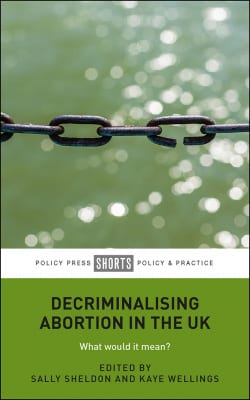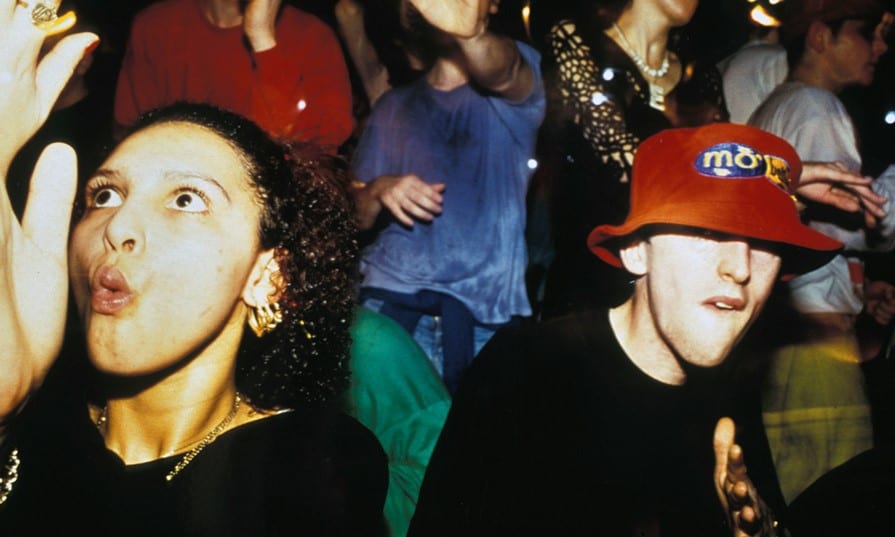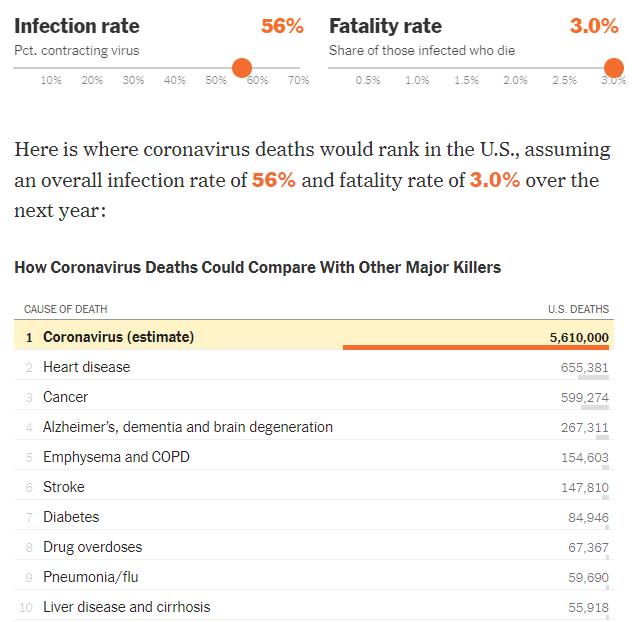
Archive for 2020
Decriminalising Abortion in the UK: What Would It Mean?

Commissioning liaison psychiatry services
Laparoscopic orchiopexy of palpable undescended testes_ experience of a single tertiary institution with over 773 cases
Correction to: Protocol and baseline data for a prospective open-label explorative randomized singlecenter comparative study to determine the effects of various intravenous iron preparations on markers of oxidative stress and kidney injury in chronic kidney disease (IRON-CKD)
A call for constructing a metric for monitoring CA-MRSA and other infectious diseases
The Multiple Sclerosis Health Resource Utilization Survey (MS-HRS): Development and Validation Study
Estimating physical activity from self-reported behaviours in large-scale population studies using network harmonisation: findings from UK Biobank and associations with disease outcomes
The Role of Reason for Firearm Ownership in Beliefs about Firearms and Suicide, Openness to Means Safety, and Current Firearm Storage
Falls in older aged adults in 22 European countries: incidence, mortality and burden of disease from 1990 to 2017
COVID-19: guidance on social distancing and for vulnerable people
Parents in Control: Parental perceptions of problem behaviors before and after attending an ADHD‐specific parent‐training program
Stressed, depressed, and rank obsessed: Individual differences in compassion and neuroticism predispose towards rank‐based depressive symptomatology
Comparing ‘deep’ insider knowledge: developing analytical strategies for cross-national qualitative studies
What works in education for children who have had social workers?
Gender differences and the correlates of violent behaviors among high school students in a post‐conflict area in Indonesia
Ageing as part of the curriculum for health‐care professionals: A Queensland Survey
A theory of strategic voting with non-instrumental motives
Same-Sex Couples’ Shared Time in the United States
The Parasitic Nature of Social AI: Sharing Minds with the Mindless
Abuse as a reaction of perfectionistic leaders: A moderated mediation model of leader perfectionism, perceived control, and subordinate feedback seeking on abusive supervision
MEMORI Corps: Activity-based Companion Care for Dementia (MEMORI Corps)
Diversity in practitioners’ perspectives on the implementation of the evidence‐based Triple P—Positive Parenting Program
An evaluation of a psychoeducation programme for emotion identification and expression in individuals diagnosed with schizophrenia
International Women’s Day 2020: We are #GenerationEquality
Embedding lies into truthful stories does not affect their quality
Medicaid Medical Directors Have A Front Row Seat To The Maternal Mortality Crisis. Here’s What They’re Focused On
Engaging Community Health Workers to Increase Cancer Screening is Effective and Cost-Effective
Psychosocial interventions for people with intellectual disabilities and dementia: A systematic review
Expansion of HIV Preexposure Prophylaxis to 35 PEPFAR-Supported Early Program Adopters, October 2016–September 2018
Reorganizing and integrating public health, health care, social care and wider public services: a theory-based framework for collaborative adaptive health networks to achieve the triple aim
Using contributing causes of death improves prediction of opioid involvement in unclassified drug overdoses in US death records
Opioid-Involved Overdose Deaths with Fentanyl or Fentanyl Analogs Detected — 28 States and the District of Columbia, July 2016–December 2018
Qualitative exploration of the intersection between social influences and cultural norms in relation to the development of alcohol use behaviour during adolescence
PTSD and opioid use: implications for intervention and policy
Implementation process and outcomes of a mental health programme integrated in primary care clinics in rural Mexico: a mixed-methods study
Health, income and poverty: evidence from China’s rural household survey
Caribbean nurse migration—a scoping review
Costs and benefits of early response in the Ebola virus disease outbreak in Sierra Leone
How community therapists describe adapting evidence‐based practices in sessions for youth: Augmenting to improve fit and reach
Changes in College Student Endorsement of ADHD Symptoms across DSM Edition
Pediatric Anxiety Disorders: A Cost of Illness Analysis
On the validity of non-randomized response techniques: an experimental comparison of the crosswise model and the triangular model
The Science of Habit and Its Implications for Student Learning and Well-being
Design and Analysis of Replication Studies
Understanding Desire for Food and Drink: A Grounded-Cognition Approach
Drugs du jour

aeon | PYMCA/UIG/Getty
LSD in the ’60s; ecstasy in the ’80s; ‘smart’ drugs today: how we get high reflects the desires and fears of our times
Postoperative delirium: the findings from a multidisciplinary survey
Making Visible Awareness in Practice: Literacy Educators in Diverse Classrooms
Could Coronavirus Cause as Many Deaths as Cancer in the U.S.? Putting Estimates in Context (interactive – click here)

NYT | CDC